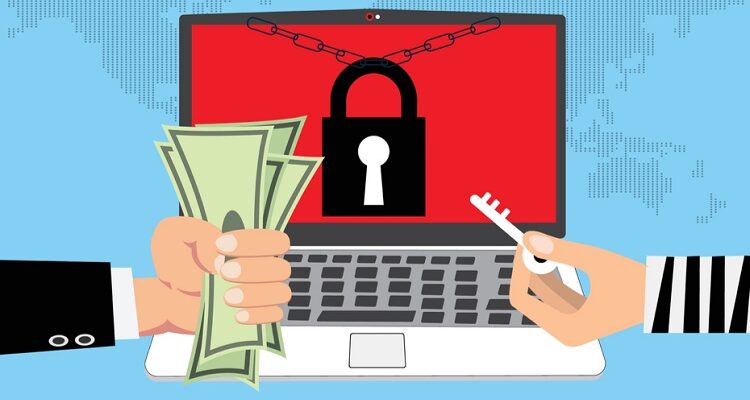In the modern digital landscape, ransomware attacks have become increasingly prevalent, posing a significant threat to both individuals and organizations. These malicious software programs encrypt data, rendering it inaccessible until a ransom is paid. However, paying the ransom does not guarantee the recovery of your data, nor does it ensure that your system will not be attacked again. Understanding how to effectively restore data that has been encrypted by ransomware is essential for safeguarding your information and minimizing the impact of such attacks.
Table of Contents
Understanding Ransomware and Its Impact
Ransomware is a type of malware that locks or encrypts files on a victim’s computer or network, demanding payment for the decryption key. This can lead to severe consequences, including data loss, operational disruptions, and financial strain. As ransomware attacks become more sophisticated, the need for effective recovery strategies is paramount.
Immediate Steps to Take After an Attack
If you find yourself a victim of a ransomware attack, the first step is to remain calm and avoid panicking. Here are some immediate actions you should take:
1. Isolate the Infected Systems: Disconnect affected devices from the network to prevent the ransomware from spreading to other systems. This can help contain the damage and protect unaffected data.
2. Identify the Ransomware: Research the specific ransomware strain that has infected your system. Understanding the type of ransomware can provide insights into possible recovery options.
3. Report the Incident: Notify your IT department (if applicable) and law enforcement authorities. Reporting the attack can help track ransomware trends and potentially aid in recovering your data.
Assessing Your Backup Options
One of the most effective ways to restore data that has been encrypted by ransomware is to rely on backups. If you have regular, secure backups of your data, you may not need to pay the ransom at all. Here’s how to proceed:
1. Check Your Backups: Verify that you have recent backups stored securely, preferably offline or in the cloud. Ensure that these backups were not also infected during the attack.
2. Restore from Backup: If your backups are intact, you can restore your data to its previous state before the attack. Follow your backup restoration procedures carefully to avoid further complications.
3. Secure Your Backup Environment: After restoring your data, assess your backup systems for vulnerabilities. Strengthening your backup strategy can prevent future ransomware attacks.
Utilizing Decryption Tools
In some cases, security researchers develop decryption tools for specific strains of ransomware. These tools can help restore encrypted files without paying the ransom. Here are steps to consider:
1. Research Available Tools: Visit reputable cybersecurity websites, such as No More Ransom, to see if a decryption tool exists for your specific ransomware strain.
2. Follow Instructions Carefully: If a tool is available, follow the provided instructions meticulously to avoid causing further damage to your data.
Engage Professional Data Recovery Services
If backups are unavailable or the ransomware strain is particularly complex, consider enlisting the help of professional data recovery services. These experts specialize in dealing with ransomware attacks and can help restore encrypted data. Here’s how to approach this option:
1. Choose a Reputable Service: Look for a data recovery service with a proven track record in handling ransomware incidents. Check reviews, testimonials, and their approach to data recovery.
2. Understand the Costs: Discuss the pricing structure upfront to avoid surprises. Professional services can vary significantly in cost, depending on the complexity of the recovery process.
Preventing Future Ransomware Attacks
After recovering your data, take proactive steps to enhance your security and prevent future attacks:
- Regularly Update Software: Keep your operating system and applications updated to protect against vulnerabilities.
- Implement Strong Security Protocols: Use firewalls, antivirus software, and employee training to create a robust defense against ransomware.
- Backup Regularly: Establish a routine for backing up your data, ensuring that backups are secure and not connected to your primary network.
Conclusion
Restoring data that has been encrypted by ransomware is a challenging process, but with the right approach and preventive measures, it is possible to recover your valuable information. By acting quickly, utilizing backups, exploring decryption tools, and considering professional services, you can mitigate the impact of a ransomware attack. Remember, prevention is key; taking proactive steps today can save you from the headaches of data recovery tomorrow. Stay vigilant, stay secure, and prioritize data protection to safeguard against the ever-evolving threat of ransomware.





















Comments